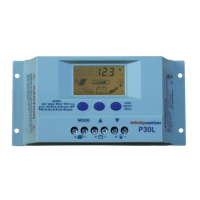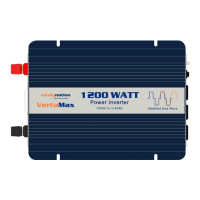What to do if the WINDY NATION P30L ‘LOAD ON’ indicator is on but there is no power output?
- DDeborah CruzJul 27, 2025
If the ‘LOAD ON’ indicator is illuminated but there's no power output from your WINDY NATION Inverter, possible causes include an open load circuit, over-discharge of the battery. Check all cables, connections, and load switches. The controller will resume normal operation after the battery has finished charging.


